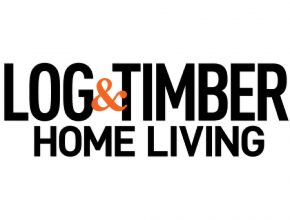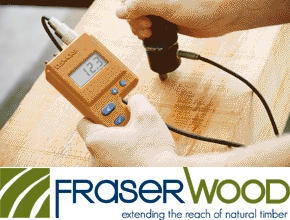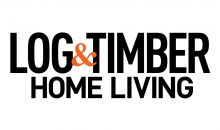Heartwood School: Fundamentals of Scribing
Scribing is an art as much as a craft, requiring a good eye and a steady hand. It involves laying out and transferring joinery intersections from one timber to another using plumb bobs, levels, and marking devices instead of tape measures and math.
This traditional method is useful for incorporating out-of-square, naturally curved, or oddly shaped pieces into a timber frame as well as for complex roofs. In this course, we will learn to join round timbers to both square and other round pieces, and out-of-square timbers to other out-of-square faces on adjoining pieces.
We will practice various methods developed by a number of cultures and adapted and modified for modern times. This requires only a plumb bob, sharp pencil, a good eye, maybe some dividers, and steady hands. Accurate visualization of the pieces in the finished frame is critical during the setup and "lining" process, and this will be stressed early in the course prior to actual scribing and cutting.
Milled but naturally curved pieces can be joined to other timbers using the English or French "plumb line" method; double bubble pen scribers can work with fully round members. The goal is to develop joinery that provides adequate bearing capacity while making the timbers look as though they "grew" out of each other. We will practice all of these methods in this course.
Event Details
-
Dates
Sep 22, 2024 - Sep 27, 2024 -
Venue
Heartwood School
299 Pratt Road
Alstead NH 03602
get directions






